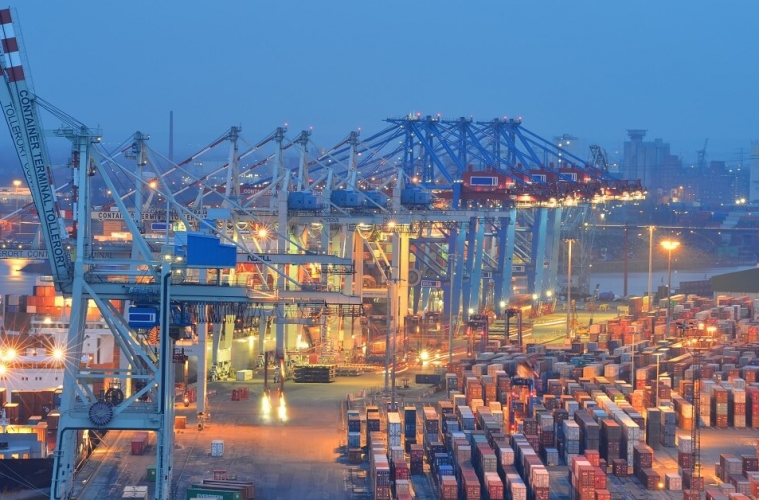Good morning,
USD: Trading it for what?
Opposition to President Trump’s plans for tariffs on all steel and aluminium imports into the United States has increased over the past 24hrs but the plan still looks set to go ahead. Goldman Sachs, Ford, the Canadian government and, most importantly, Republican Speaker Paul Ryan, all urged the President to cancel these plans given the likely side effects on other parts of the economy that seem not to have not considered under this myopic plan.
The renegotiation of the North American Free Trade Agreement (NAFTA) between the US, Canada and Mexico is a steel agreement as much as it is a textile or food or car agreement. Last night the US offered Mexico and Canada an exclusion to the steel and aluminium tariffs if they agree to Trump’s terms on NAFTA. Mexico governmental elections take place in early May with the US midterms in November, but in the meantime, the USD is gaining against both the Canadian dollar and the Mexican peso.
This morning it is being reported that the EU is said to mull tariffs on US bourbon, steel and denim. If ever I saw a trade plan targeted at Bruce Springsteen then this is it.
GBP: Sterling higher despite confusion on borders
Sterling leapt higher yesterday as Theresa May told the Commons that the EU and the UK were ‘close to an agreement on a Brexit transition’. We hope so, as we believe there to be nothing more important for sterling, inflation, and the wider UK economy than some form of clarity over the longevity of current trade and customs terms.
Unfortunately, when asked about a potential model for the Northern Ireland/Republic of Ireland border in the Q&A session afterwards the PM cited the US/Canada border as an example for future plans. The US/Canada border is policed by huge infrastructure with customs posts, armed guards and dogs; frictionless it is not.
The plan has already been rejected by the Irish Taoiseach.
Sterling was also helped yesterday by a stronger than expected services sector showing higher orders and higher employment buoyed the sector in February with the global economic recovery allowing for an uptick in new business.
Interestingly, price pressures weakened to their lowest in 18 months and may limit the immediate need for a rate rise from the Bank of England at the May meeting. It is good news that the pressures on margins and costs from exchange rates have been seen to lessen in the past few months or so with UK SMEs maintaining a very ‘wait-and-see’ approach to hedging.
EUR: All change but time to pause
The Italian election has left us with more questions than answers, with the main one being just what happens next? We cannot foresee a coalition of the Far Right Lega and the populist 5 Star movement being formed and more likely is another election in the coming months. We do see some EUR weakness in the mix at the moment but no real risk to the wider EU from the vote over the weekend.
This week’s ECB meeting will be overshadowed by this and the Trump trade plans and could bring some softer language from the central bank on Thursday
Have a great day
Jeremy Cook, Chief Economist


